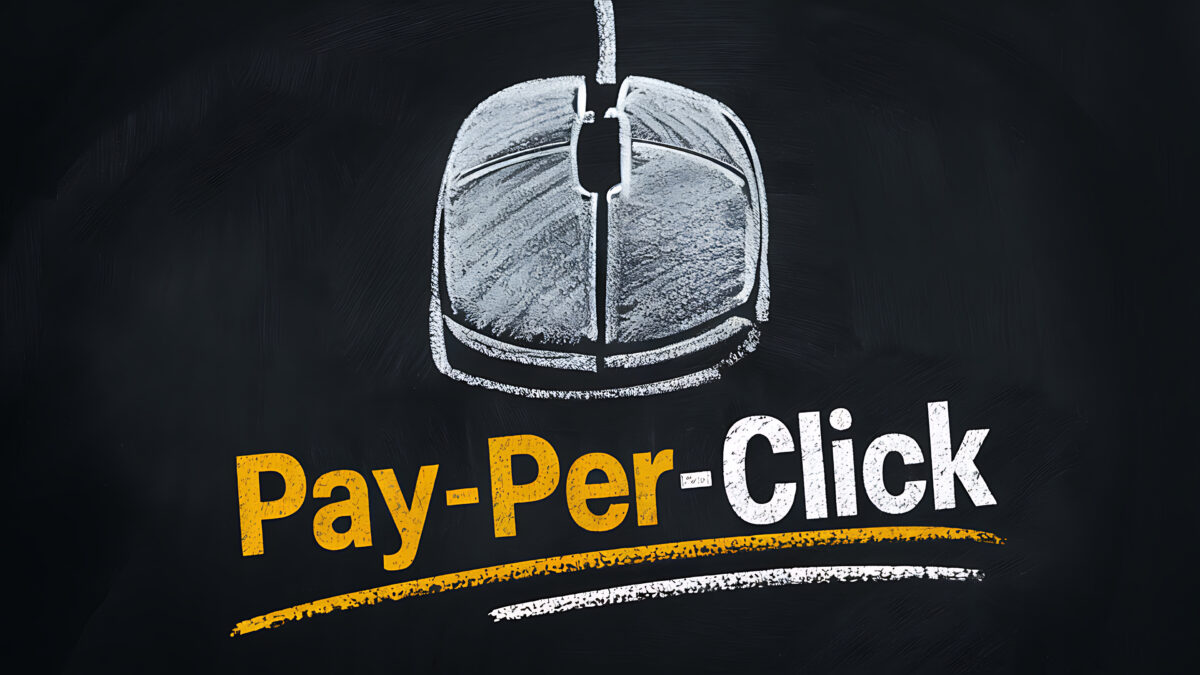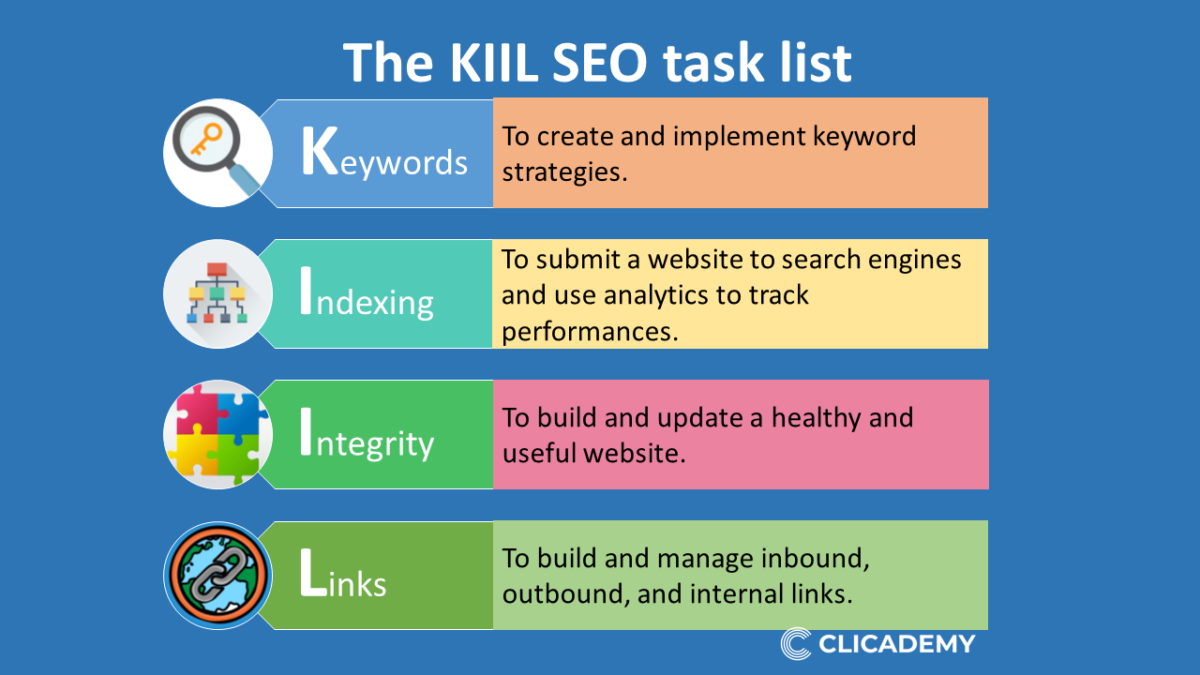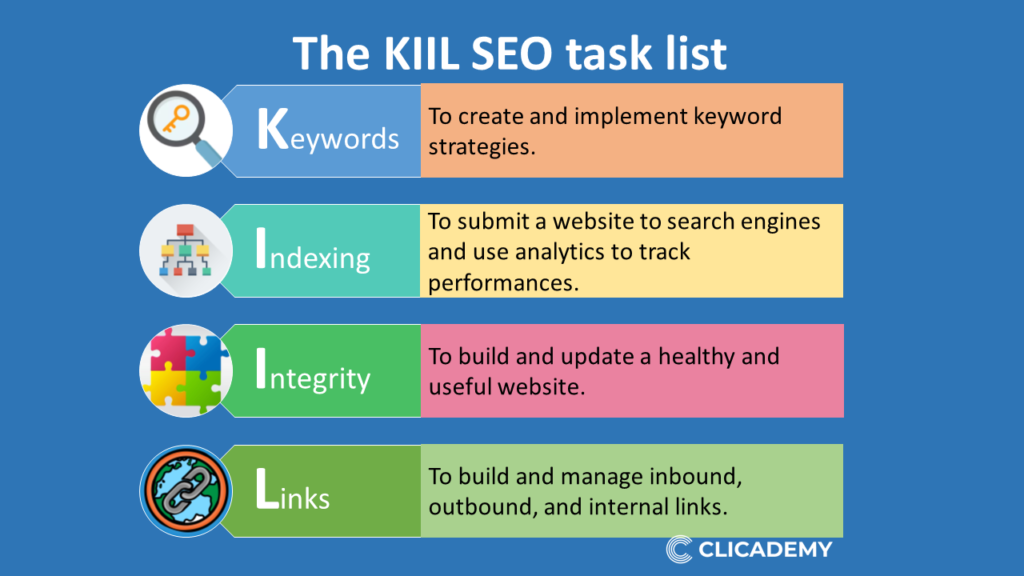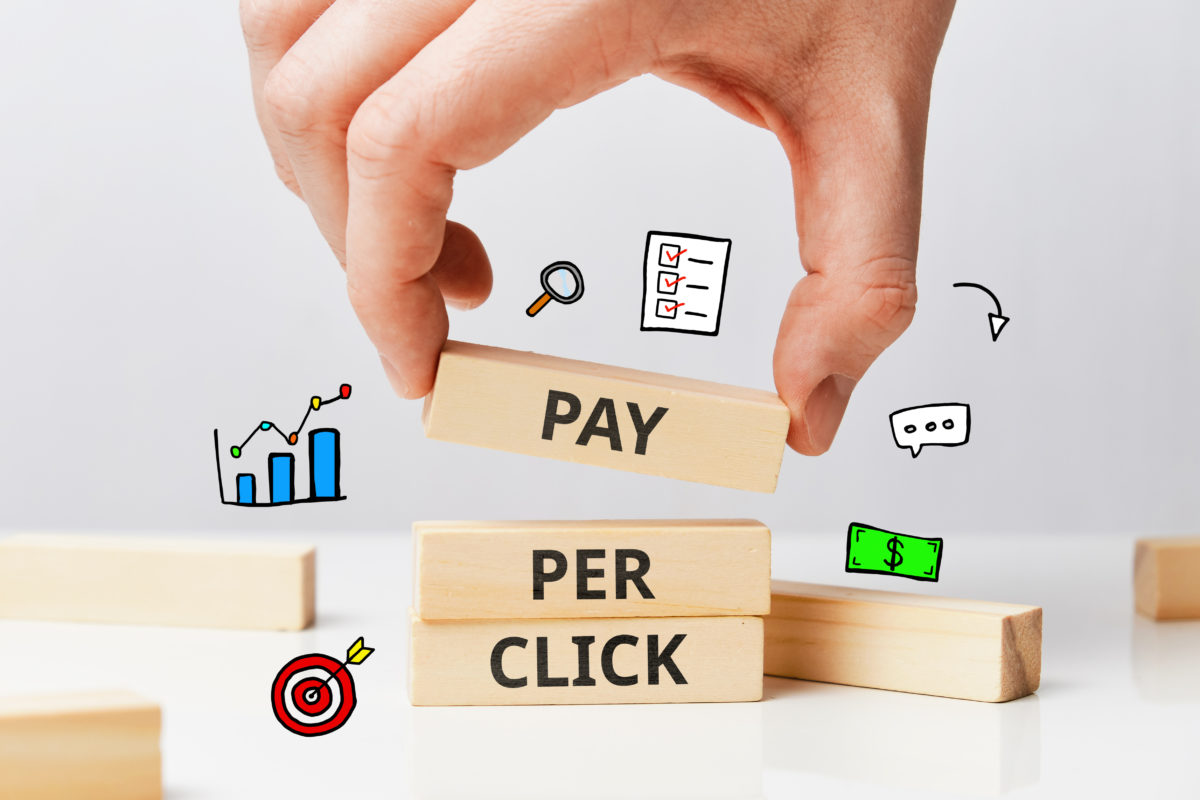Pay-per-click advertising is a cornerstone strategy for businesses to enhance their online presence and drive targeted website traffic. This form of advertising, which hinges on the simple yet powerful concept of paying only for the clicks your ads receive, has revolutionised how companies allocate their advertising budgets and measure the success of their campaigns.

Understanding Pay-Per-Click Advertising
At its core, Pay-per-click advertising (PPC) is a model where advertisers are charged only when a user clicks on their ad. This contrasts with traditional advertising models that charge based on impressions or views, regardless of user engagement. The PPC model is particularly prevalent on search engine platforms like Google and Bing and social media sites such as Facebook and LinkedIn.
The Mechanics of PPC
The process begins with advertisers selecting relevant keywords for their business and creating compelling ad copy to attract potential customers. These ads are then displayed in search engine results or on social media feeds, with their placement typically determined by a combination of the bid amount and the ad’s quality score. This metric reflects the relevance and quality of the ad to the user.
Crafting a Successful Pay-Per-Click Advertising Campaign
A successful PPC campaign requires meticulous planning and ongoing optimization. Advertisers must conduct thorough keyword research to identify terms their target audience is searching for. They must also craft ad copy that resonates with this audience, compelling them to click through to the website.
Budgeting and Bidding Strategies
Budgeting for PPC campaigns is a critical aspect determining how often your ads are shown. Advertisers can set daily or monthly budgets, and once the budget is depleted, the ads will stop showing until the next cycle. Bidding strategies can be complex, with options ranging from manual bidding, where the advertiser sets the bid amounts, to automated strategies that adjust bids based on the likelihood of a click resulting in a conversion.
Measuring and Analysing Performance
One of the most significant advantages of PPC advertising is the ability to measure and analyze the performance of your ads in real time. Key performance indicators (KPIs) such as click-through rate (CTR), cost per click (CPC), conversion rate, and return on ad spend (ROAS) provide valuable insights into the effectiveness of your campaigns. These metrics allow advertisers to make data-driven decisions to optimize their ads for better performance.
The Future of PPC
As technology advances, so does the realm of PPC advertising. Integrating artificial intelligence and machine learning algorithms is set to refine further targeting capabilities, bid optimization, and performance analysis. This evolution will enable advertisers to deliver even more personalized and effective ad experiences to users.
Pay-Per-Click digital advertising is a dynamic and intricate field that offers businesses of all sizes the opportunity to reach their desired audience with precision and efficiency. By understanding the fundamentals of PPC, mastering the art of ad creation, and leveraging the power of data analytics, advertisers can craft campaigns that not only drive clicks but also convert these clicks into valuable customer actions.
For more information about PPC, join Clicademy as a registered memeber.





